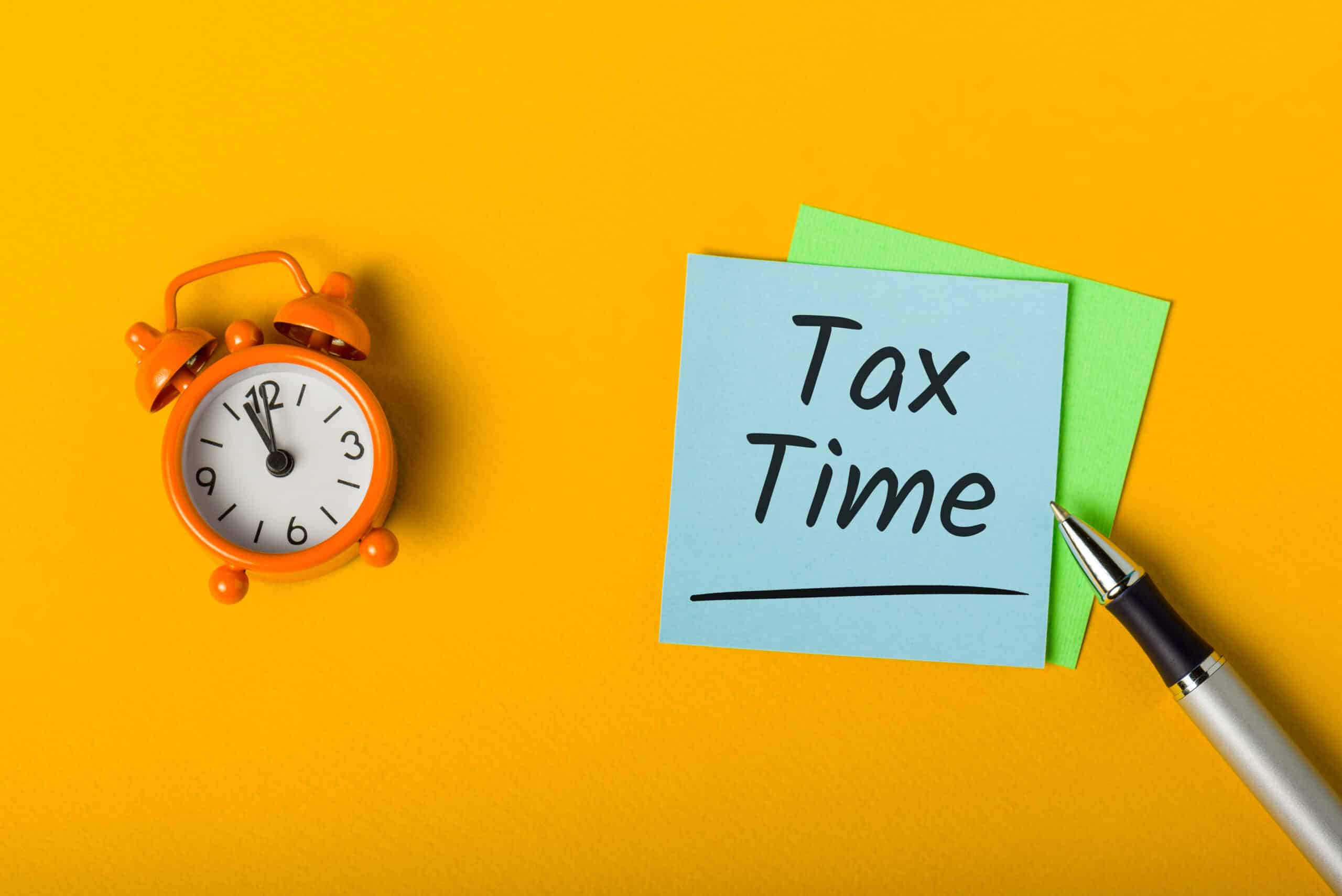July 28, 2015

For many college attendees, taking out student loans was unavoidable. Tuition costs are high, and student loans make it possible for those who cannot afford these costs to get the education they need. Although most people who take out student loans plan to repay them, unforeseen circumstances can sometimes make repayment impossible. In such cases, you may wonder about the possibility of student loan forgiveness.
What is Student Loan Forgiveness?
Student loan forgiveness occurs when the lender agrees to eliminate your debt without repayment. Student loans can also be eliminated through discharge, which is a different procedure. While loan forgiveness typically occurs when you are involved in a specific type of public service, loan discharge occurs when circumstances outside of your control make it difficult or impossible for you to repay your loan. In either case, you will no longer be required to make any payments on your loan once the process is complete.
When Are Loans Forgiven?
Federal student loans may be forgiven under one of two programs: the Teacher Loan Forgiveness program and the Public Service Loan Forgiveness program.
Teacher Loan Forgiveness Program
Under this program, you can qualify to have a maximum of $17,500 in subsidized or unsubsidized federal loans forgiven if you teach full-time in a low-income school or education service agency for five consecutive years.
Public Service Loan Forgiveness
The PSLF program applies to people who work full-time for a qualifying public service organization and make 120 on-time, full monthly payments on their direct loans. If you qualify for forgiveness under this program, all of your remaining direct loan balances will be forgiven.
When Are Loans Discharged?
Federal student loans may also be discharged for many reasons, including:
- Death of the borrower
- Closing of the school (prior to the completion of the program)
- False certification of your eligibility for the loan
- Total and permanent disability of the borrower
- Bankruptcy
In order to qualify for most of these forgiveness or discharge options, you must submit an application to the loan servicer. To discharge federal student loans in bankruptcy, you must prove to the bankruptcy court that you would experience undue hardship if you were forced to repay your loan.
Keep in mind that the forgiveness and discharge options above do not apply to private student loans. However, private student loans may be discharged more easily through bankruptcy than federal student loans.
Should I Apply for Forgiveness and/or Discharge?
If you believe you may qualify for loan forgiveness, it is usually a good idea to apply. Loan forgiveness doesn’t carry any negative consequences for your credit, and it can lower your overall debt significantly. Most loan discharge options are also beneficial. In some cases, having your loan discharged may even remove negative information from your credit report and restore your eligibility for federal student aid.
However, having your loan discharged through bankruptcy is an exception to the rule above. Bankruptcy itself is harmful to your credit. Although this process will eliminate your responsibility for future payments and stop all collection action, your credit score will most likely drop as a result.
What Are the Alternatives?
If you don’t qualify to have your loans discharged or forgiven, or if you don’t want to pursue this option, several alternatives are available:
- Consolidation – When you consolidate student loans, you combine them into a single, larger loan. This can be helpful, especially if the interest rate is lower than the average rate you were paying on the loans individually. Because you will only have one due date and payment amount to remember, consolidation can also simplify the repayment process.
- Refinancing – You can also save money by refinancing your student loans at a lower interest rate. When the interest rate is lowered, you won’t pay as much total interest over the life of the loan.
- Loan Modification – In some cases, you may be able to negotiate a modification of the loan’s terms with your loan servicer. You may use this process to lower your interest rate or increase your term to make payments more affordable.
Please note that the information provided on this website is provided on a general basis and may not apply to your own specific individual needs, goals, financial position, experience, etc. LendKey does not guarantee that the information provided on any third-party website that LendKey offers a hyperlink to is up-to-date and accurate at the time you access it, and LendKey does not guarantee that information provided on such external websites (and this website) is best-suited for your particular circumstances. Therefore, you may want to consult with an expert (financial adviser, school financial aid office, etc.) before making financial decisions that may be discussed on this website.



